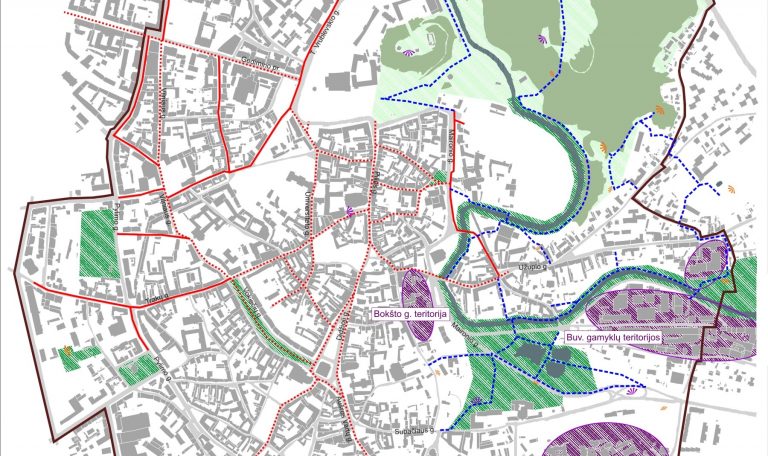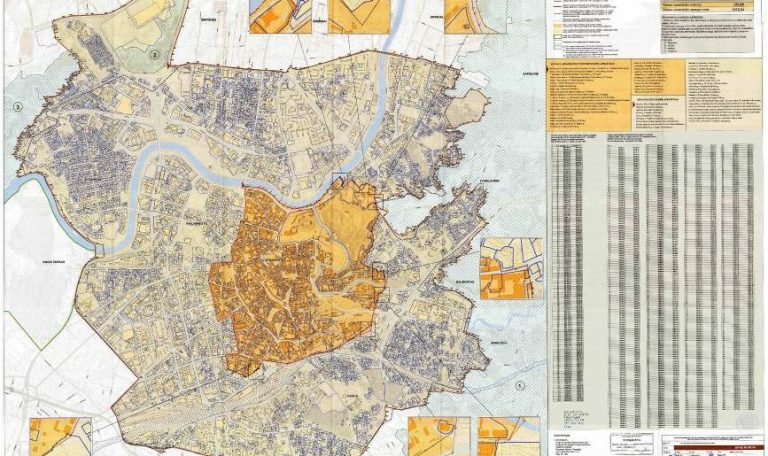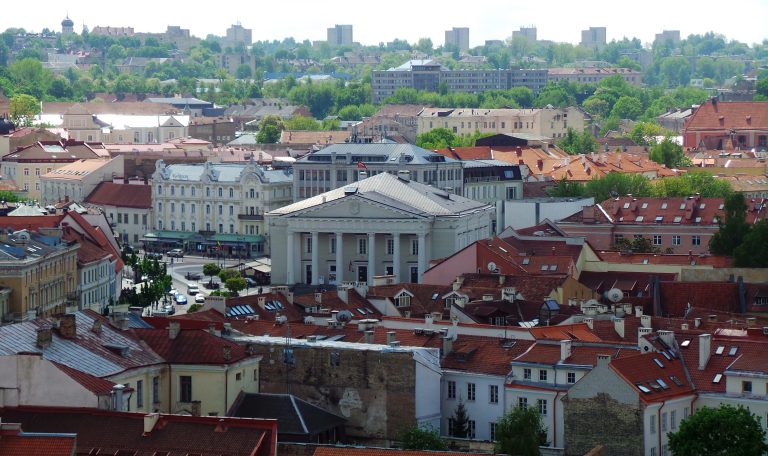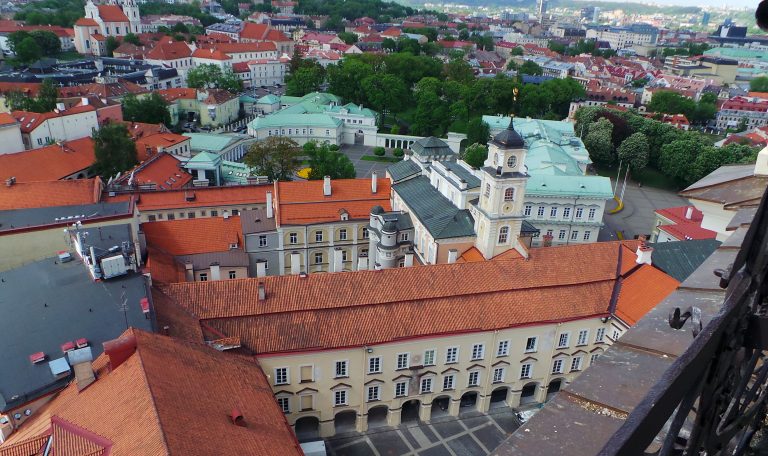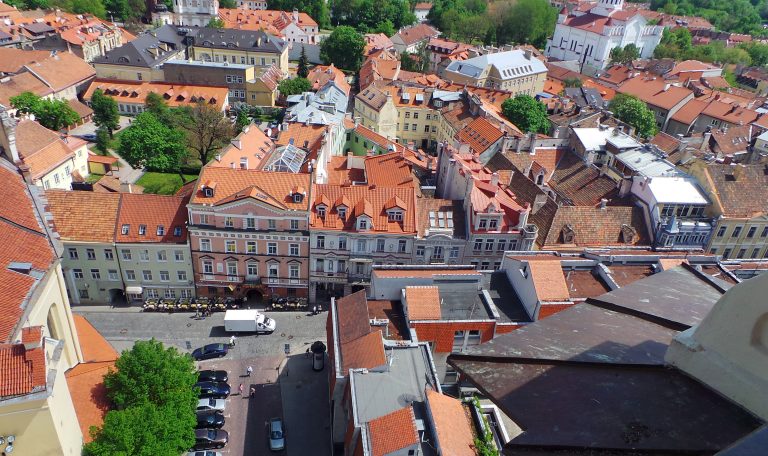Vilnius Historic Centre (Old Town) has been a UNESCO World Heritage Site since 1994. Retrospective Statement of Outstanding Universal Value of Vilnius Historic Centre
Criteria for designation of Vilnius to the UNESCO World Heritage List:
Criterion (ii): Vilnius is an outstanding example of a medieval foundation which exercised a profound influence on architectural and cultural developments in a wide area of Eastern Europe over several centuries.
Criterion (iv): In the townscape and the rich diversity of buildings that it preserves, Vilnius is an exceptional illustration of a central European town which evolved organically over a period of five centuries.
Vilnius Historic Centre area is 352 ha
Buffer Zone of Vilnius Old Town is 1912 ha
Other protected cultural heritage areas (historic suburbian areas) are included into the buffer zone of Vilnius Old Town: Naujamiestis, Žvėrynas, Šnipiškės, Antakalnis and others.
“Despite wars, occupations and destruction, the architectural ensemble of Vilnius remains unique. A city lacking German or Scandinavian features, rather reminiscent of Prague or Rome, Vilnius differs greatly from the other Baltic capitals. It is the largest Baroque city north of the Alps, and the one farthest to the east. Yet, nearly all styles of European architecture from Gothic to Classicism are present in Vilnius. They used to reach Lithuania belatedly, but probably due to this reason their examples are particularly mature and flawless. Baroque domes and towers of Vilnius coexist with an irregular medieval city plan. The spirit of Rome in Vilnius merges with a mix of other cultural influences: the city has always contained a multitude of Russian Orthodox churches, synagogues and even mosques that sometimes imitated baroque, but more often clung to their own models.”
(Tomas Venclova, Vilnius. City Guide, R. Paknys Publishing House, 2004.)
Vilnius Old Town – the historical core of the capital, surrounded by woods, hills and valleys – emerged in the confluence of the River Neris and its tributary the River Vilnia. Through the centuries its urban texture, which reflects cultural identity of the local population, merged with the natural landscape. The city originated at the very point where both rivers joined. Large Baltic settlements could be found in this area as early
5th and 6th centuries.
more

